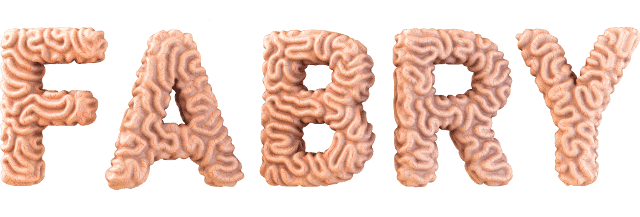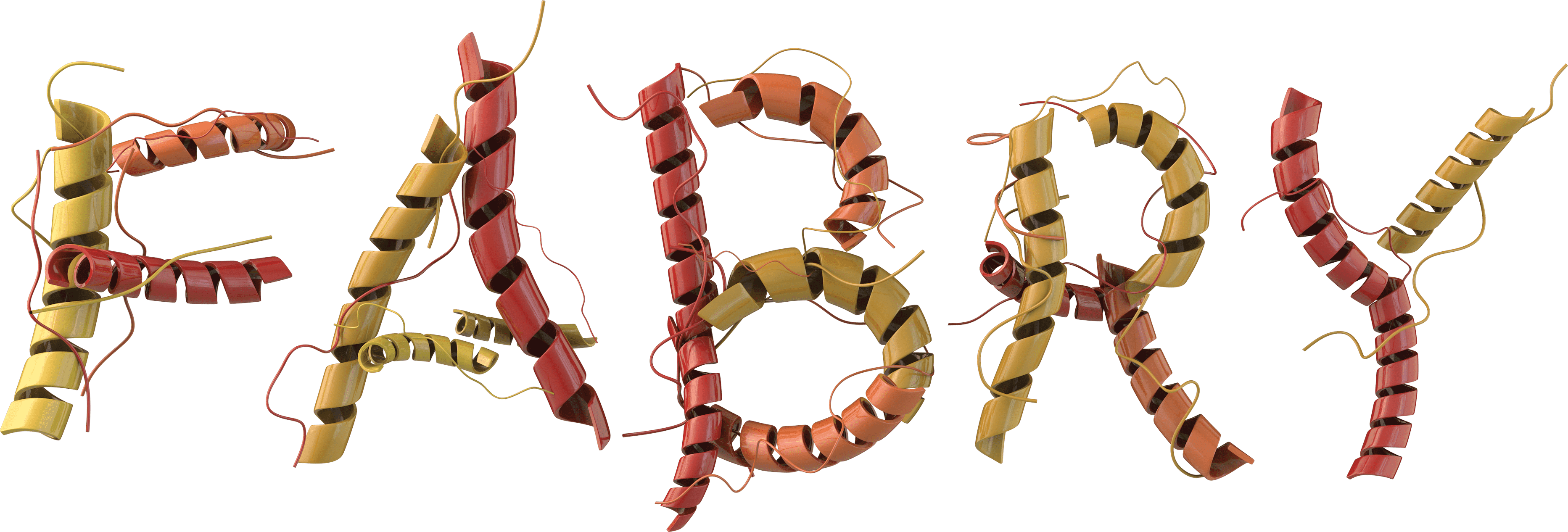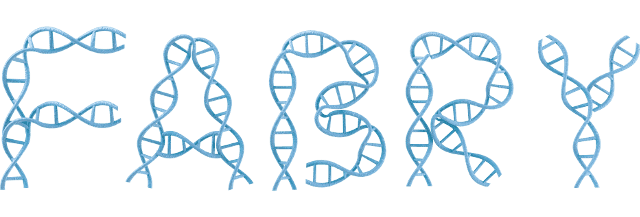The Impact of Fabry Disease
Cardiovascular, cerebrovascular, and renal complications
can have serious consequences
The life expectancy of patients with Fabry disease is significantly shorter than that of the general population. Lifespans for patients with Fabry disease may be shortened to ~50 years for untreated men and ~70 years for untreated women—a 20- and 10-year reduction, respectively.1
Cardiovascular disease is the most common cause of death for both men and women with Fabry disease.2 According to data from the Fabry Registry, the leading causes of death were2:
- Cardiovascular disease (53.6% and 50.0% of male and female deaths, respectively)
- Cerebrovascular complications (12.5% of males)
- Renal disease (10.7% of males)
Below, we’ll break down each of the leading causes of death in more detail, exploring the impact the disease has over that specific organ system, as well as progression of the disease over time.






 Facts
Facts